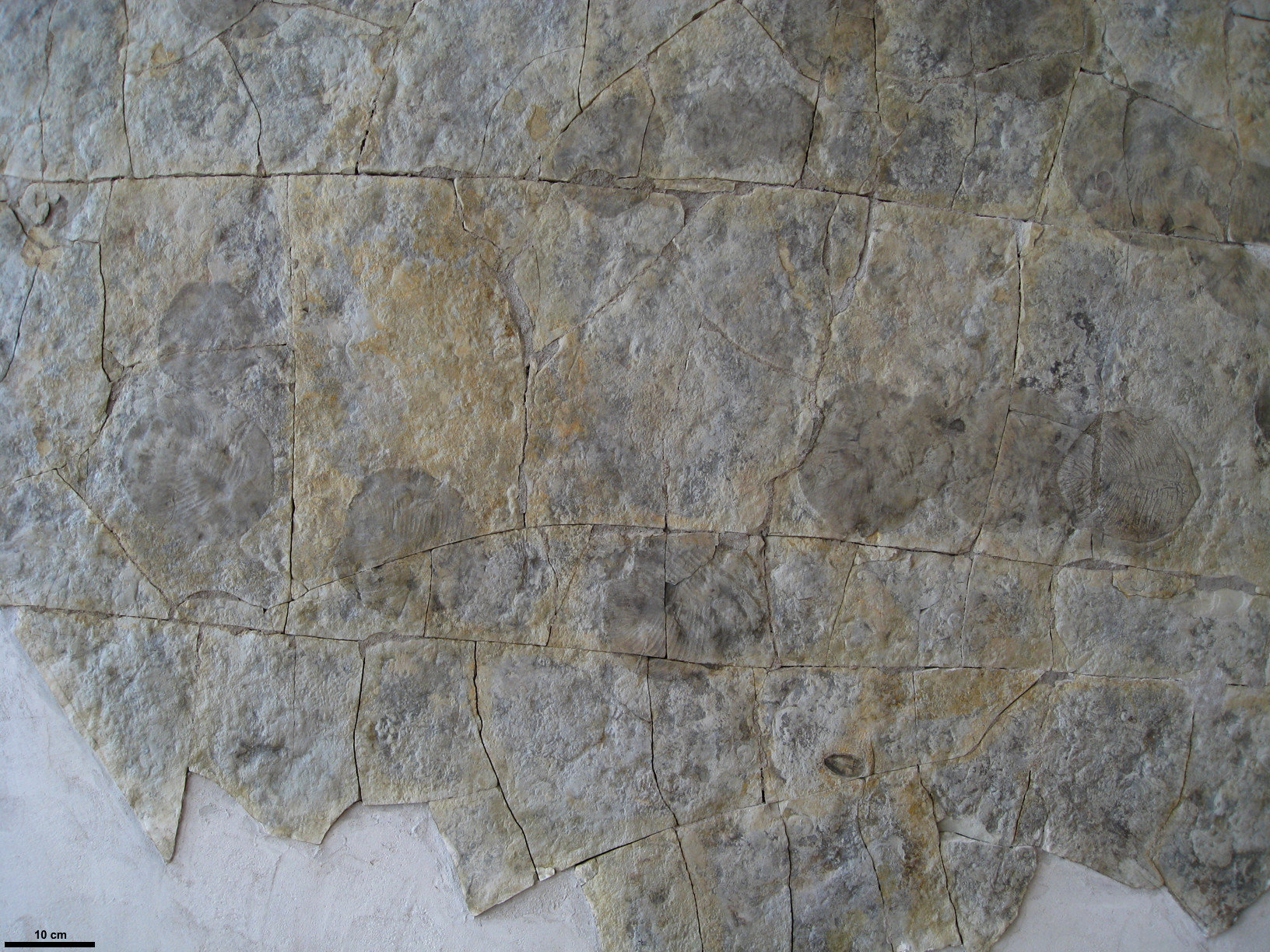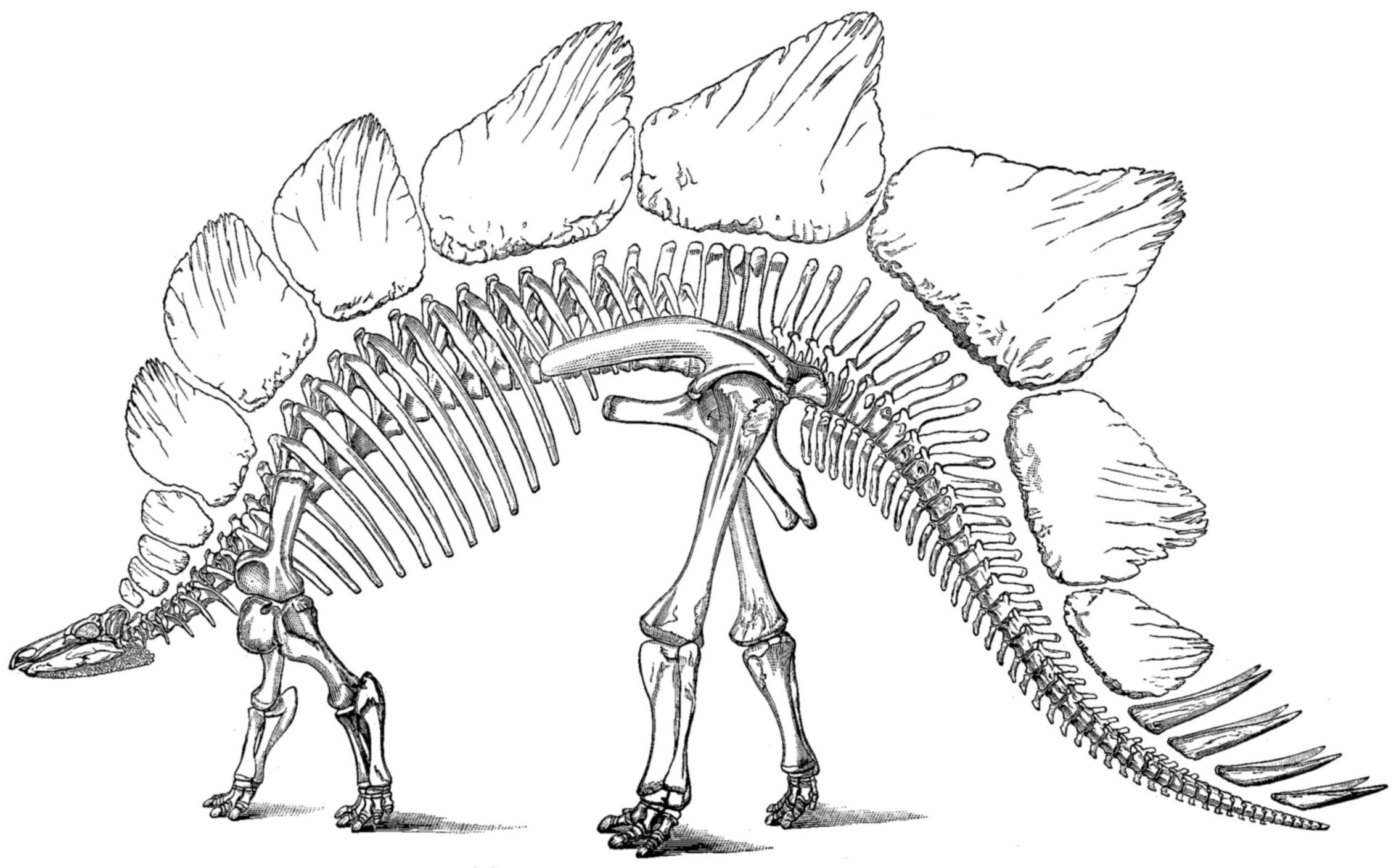|
List Of U.S. State Fossils
Most American states have made a state fossil designation, in many cases during the 1980s. It is common to designate one species in which fossilization has occurred, rather than a single specimen, or a category of fossils not limited to a single species. Some states that lack an explicit state fossil have nevertheless singled out a fossil for formal designation as a state dinosaur, rock, gem or stone. __TOC__ Table of state fossils States lacking a state fossil * Hawaii * Minnesota ** The giant beaver was proposed in 2022. * Iowa ** The crinoid was proposed in 2018. * New Hampshire ** The American mastodon (''Mammut americanum'') was considered in 2015. * Rhode Island * Texas See also * List of U.S. state dinosaurs * List of U.S. state minerals, rocks, and gemstones * Lists of U.S. state insignia References External links List of U.S. state fossils, from National Park Service {{state insignia *State Fossils United States Fossils A fossil (from Clas ... [...More Info...] [...Related Items...] OR: [Wikipedia] [Google] [Baidu] |
Araucarioxylon Arizonicum
''Araucarioxylon arizonicum'' is an extinct species of conifer that is the state fossil of Arizona. The species is known from massive tree trunks that weather out of the Chinle Formation in desert badlands of northern Arizona and adjacent New Mexico and Chemnitz petrified forest in Chemnitz, Germany, most notably in the Petrified Forest National Park. There, these trunks are locally so abundant that they have been used as building materials. Description The petrified wood of this tree is frequently referred to as "Rainbow wood" because of the large variety of colors some specimens exhibit. The red and yellow are produced by large particulate forms of iron oxide, the yellow being limonite and the red being hematite. The purple hue comes from extremely fine spherules of hematite distributed throughout the quartz matrix, and not from manganese, as has sometimes been suggested. The trunks were large and slender, tapering slightly towards their apex. The largest known trunk in Petr ... [...More Info...] [...Related Items...] OR: [Wikipedia] [Google] [Baidu] |
Eubrontes
''Eubrontes'' is the name of fossilised dinosaur footprints dating from the Late Triassic and Early Jurassic. They have been identified from France, Poland, Slovakia, Czech Republic, Italy, Spain, Sweden, Australia (Queensland), USA, India and China. ''Eubrontes'' is the name of the footprints, identified by their shape, and not of the genus or genera that made them, which is as yet unknown but is presumed to be similar to ''Coelophysis'' or ''Dilophosaurus''. They are most famous for their discovery in the Connecticut River Valley of Massachusetts in the early 19th century. They, among other footprints, were the first known non-avian dinosaur tracks to be discovered in North America, though they were initially thought to have been made by large birds. Discovery and identity The footprints were first described by Edward Hitchcock, a professor of Amherst College, who thought they were made by a large bird. He originally assigned them to ichnotaxon '' Ornithichnites'' in 1836, th ... [...More Info...] [...Related Items...] OR: [Wikipedia] [Google] [Baidu] |
Ichnite
A fossil track or ichnite (Greek "''ιχνιον''" (''ichnion'') – a track, trace or footstep) is a fossilized footprint. This is a type of trace fossil. A fossil trackway is a sequence of fossil tracks left by a single organism. Over the years, many ichnites have been found, around the world, giving important clues about the behaviour (and foot structure and stride) of the animals that made them. For instance, multiple ichnites of a single species, close together, suggest 'herd' or 'pack' behaviour of that species. Combinations of footprints of different species provide clues about the interactions of those species. Even a set of footprints of a single animal gives important clues, as to whether it was bipedal or quadrupedal. In this way, it has been suggested that some pterosaurs, when on the ground, used their forelimbs in an unexpected quadrupedal action. Special conditions are required, in order to preserve a footprint made in soft ground (such as an alluvial plain or a f ... [...More Info...] [...Related Items...] OR: [Wikipedia] [Google] [Baidu] |
Connecticut
Connecticut () is the southernmost state in the New England region of the Northeastern United States. It is bordered by Rhode Island to the east, Massachusetts to the north, New York to the west, and Long Island Sound to the south. Its capital is Hartford and its most populous city is Bridgeport. Historically the state is part of New England as well as the tri-state area with New York and New Jersey. The state is named for the Connecticut River which approximately bisects the state. The word "Connecticut" is derived from various anglicized spellings of "Quinnetuket”, a Mohegan-Pequot word for "long tidal river". Connecticut's first European settlers were Dutchmen who established a small, short-lived settlement called House of Hope in Hartford at the confluence of the Park and Connecticut Rivers. Half of Connecticut was initially claimed by the Dutch colony New Netherland, which included much of the land between the Connecticut and Delaware Rivers, although the first ... [...More Info...] [...Related Items...] OR: [Wikipedia] [Google] [Baidu] |
Stegosaurus Struct
''Stegosaurus'' (; ) is a genus of herbivorous, four-legged, armored dinosaur from the Late Jurassic, characterized by the distinctive kite-shaped upright plates along their backs and spikes on their tails. Fossils of the genus have been found in the western United States and in Portugal, where they are found in Kimmeridgian- to early Tithonian-aged strata, dating to between 155 and 145 million years ago. Of the species that have been classified in the upper Morrison Formation of the western US, only three are universally recognized: ''S. stenops'', ''S. ungulatus'' and ''S. sulcatus''. The remains of over 80 individual animals of this genus have been found. ''Stegosaurus'' would have lived alongside dinosaurs such as ''Apatosaurus'', ''Diplodocus'', ''Brachiosaurus'', ''Ceratosaurus'', and ''Allosaurus''; the latter two may have preyed on it. They were large, heavily built, herbivorous quadrupeds with rounded backs, short fore limbs, long hind limbs, and tails held high ... [...More Info...] [...Related Items...] OR: [Wikipedia] [Google] [Baidu] |
Stegosaurus
''Stegosaurus'' (; ) is a genus of herbivorous, four-legged, armored dinosaur from the Late Jurassic, characterized by the distinctive kite-shaped upright plates along their backs and spikes on their tails. Fossils of the genus have been found in the western United States and in Portugal, where they are found in Kimmeridgian- to early Tithonian-aged strata, dating to between 155 and 145 million years ago. Of the species that have been classified in the upper Morrison Formation of the western US, only three are universally recognized: ''S. stenops'', ''S. ungulatus'' and ''S. sulcatus''. The remains of over 80 individual animals of this genus have been found. ''Stegosaurus'' would have lived alongside dinosaurs such as ''Apatosaurus'', '' Diplodocus'', '' Brachiosaurus'', '' Ceratosaurus'', and ''Allosaurus''; the latter two may have preyed on it. They were large, heavily built, herbivorous quadrupeds with rounded backs, short fore limbs, long hind limbs, and tails held ... [...More Info...] [...Related Items...] OR: [Wikipedia] [Google] [Baidu] |
Jurassic
The Jurassic ( ) is a Geological period, geologic period and System (stratigraphy), stratigraphic system that spanned from the end of the Triassic Period million years ago (Mya) to the beginning of the Cretaceous Period, approximately Mya. The Jurassic constitutes the middle period of the Mesozoic, Mesozoic Era and is named after the Jura Mountains, where limestone strata from the period were first identified. The start of the Jurassic was marked by the major Triassic–Jurassic extinction event, associated with the eruption of the Central Atlantic magmatic province, Central Atlantic Magmatic Province. The beginning of the Toarcian Stage started around 183 million years ago and is marked by an extinction event associated with widespread Anoxic event, oceanic anoxia, ocean acidification, and elevated temperatures likely caused by the eruption of the Karoo-Ferrar, Karoo-Ferrar large igneous provinces. The end of the Jurassic, however, has no clear boundary with the Cretaceous and i ... [...More Info...] [...Related Items...] OR: [Wikipedia] [Google] [Baidu] |
Colorado
Colorado (, other variants) is a state in the Mountain states, Mountain West subregion of the Western United States. It encompasses most of the Southern Rocky Mountains, as well as the northeastern portion of the Colorado Plateau and the western edge of the Great Plains. Colorado is the List of U.S. states and territories by area, eighth most extensive and List of U.S. states and territories by population, 21st most populous U.S. state. The 2020 United States Census, 2020 United States census enumerated the population of Colorado at 5,773,714, an increase of 14.80% since the 2010 United States Census, 2010 United States census. The region has been inhabited by Indigenous peoples of the Americas, Native Americans and their Paleo-Indians, ancestors for at least 13,500 years and possibly much longer. The eastern edge of the Rocky Mountains was a major migration route for early peoples who spread throughout the Americas. "''Colorado''" is the Spanish adjective meaning "ruddy", th ... [...More Info...] [...Related Items...] OR: [Wikipedia] [Google] [Baidu] |
Smilodon Fatalis, Pengo
''Smilodon'' is a genus of the extinct machairodont subfamily of the felids. It is one of the most famous prehistoric mammals and the best known saber-toothed cat. Although commonly known as the saber-toothed tiger, it was not closely related to the tiger or other modern cats. ''Smilodon'' lived in the Americas during the Pleistocene epoch (2.5 mya – 10,000 years ago). The genus was named in 1842 based on fossils from Brazil; the generic name means "scalpel" or "two-edged knife" combined with "tooth". Three species are recognized today: ''S. gracilis'', ''S. fatalis'', and ''S. populator''. The two latter species were probably descended from ''S. gracilis'', which itself probably evolved from ''Megantereon''. The hundreds of individuals obtained from the La Brea Tar Pits in Los Angeles constitute the largest collection of ''Smilodon'' fossils. Overall, ''Smilodon'' was more robustly built than any extant cat, with particularly well-developed forelimbs ... [...More Info...] [...Related Items...] OR: [Wikipedia] [Google] [Baidu] |
Saber-toothed Cat
Machairodontinae is an extinct subfamily of carnivoran mammals of the family Felidae (true cats). They were found in Asia, Africa, North America, South America, and Europe from the Miocene to the Pleistocene, living from about 16 million until about 11,000 years ago. The Machairodontinae contain many of the extinct predators commonly known as "saber-toothed cats", including the famed genus ''Smilodon'', as well as other cats with only minor increases in the size and length of their maxillary canines. The name means "dagger-tooth", from Greek μάχαιρα (''machaira''), sword. Sometimes, other carnivorous mammals with elongated teeth are also called saber-toothed cats, although they do not belong to the felids. Besides the machairodonts, other saber-toothed predators also arose in the Nimravidae, nimravids, Barbourofelidae, barbourofelids, Machaeroidinae, machaeroidines, Hyaenodonta, hyaenodonts and even in two groups of metatherians (the Thylacosmilidae, thylacosmilid Spara ... [...More Info...] [...Related Items...] OR: [Wikipedia] [Google] [Baidu] |








